5 Life-Saving Equipment Every Workplace Must Have
One of the most significant weights on a business owner's shoulders is the safety of everyone in the company during working hours. Medical emergencies are unpredictable. Therefore, the only way to prepare is to set up systems and invest in life-saving devices to save lives and mitigate risks within the business premises.
As a business owner, your proactive approach to emergency preparedness ensures the safety of your employees and provides you with peace of mind when the inevitable happens.
Workplaces need to invest in a range of medical devices to cover the immediate medical needs of employees. The first ones that business owners should consider investing in are life-saving machines that aid with life-threatening conditions like heart attack, anaphylaxis, asthma, and injuries leading to blood loss.
Why is it Crucial for Workplaces to Have Life-Saving Equipment Available On-Site?
Aside from compliance concerns, time is of the essence during an emergency. Every second, a family may lose a loved one, and the ambulance may take a while to arrive before a patient can receive proper treatment.
By securing life-saving devices in the workplace, employees are equipped with the necessary tools to keep the patient alive as long as they can until the emergency response team arrives.
It gives everyone a fighting chance to preserve life and not suffer an emotional toll and be helpless seeing someone pass without any medical equipment. Here's a quick glimpse of the critical time frame during critical medical emergencies.
- During a heart attack, irreversible organ damage often occurs within 30 minutes, and death can ensue within four hours without treatment.
- Untreated anaphylactic shock can be fatal within 15 minutes, although most cases have a 0.3% fatality rate.
- Severe blood loss from an injury or a ruptured artery can cause death within minutes. The time frame depends on the severity of the injury. Too much blood loss requires immediate treatment to stop to avoid further complications such as infection, kidney damage, or death.
5 Must-Have Life-Saving Device For Workplace
While most business owners purchase medical supplies in bulk or set, some prefer to invest in the most critical equipment first and slowly build the workplace medical supplies from there.
Based on the common life-threatening medical emergencies in the workplace, here are the top five you can start with.
First Aid Kit
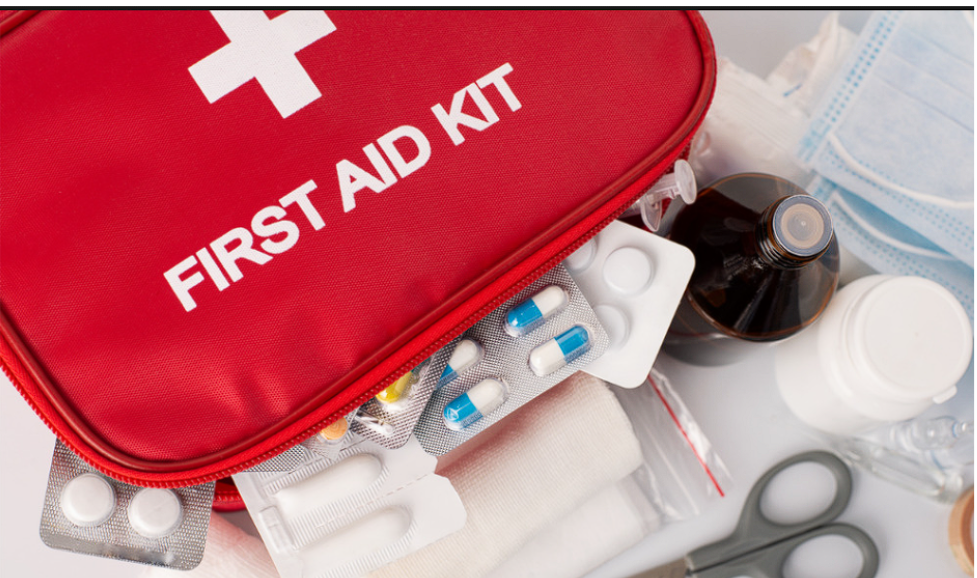
The most basic equipment that almost any workplace must have is a complete or fully stocked first aid kit ideal for treating minor injuries and stabilising severe conditions.
According to Safe Work Australia, a business owner or person conducting a business or undertaking (PCBU) must follow the following guidelines:
- Provide at least one (1) first aid kit in every workplace.
- Conduct a comprehensive risk assessment for first aid kit supplies to ensure your workplace can handle the most common injuries or illnesses during a medical emergency.
- Due to their proximity to the nearest hospitals, remote workplaces need more supplies in their first aid kits. This extra supply ensures they have enough to treat severe injuries, such as breathing difficulties, burn injuries, or allergic reactions until proper treatment is available from emergency responders.
- First aid kits should be stored in an accessible location, including all workers and security-controlled workplaces.
- First aid kits must also be strategically placed in accident-prone areas.
- A designated person in the workplace must maintain and monitor the first aid kit supplies. This includes routine inventory of supplies and thorough testing and evaluation of medical devices every year, ensuring the first aid kit is always ready for use.
Employers will have to pay a recurring cost to keep a medical kit in the workplace since medical supplies and medicines expire. Workplace managers should consider such financial decisions to ensure these devices are maintained and ready for use.
Nebulizers, Inhaler Spacers, or Adrenaline (Epinephrine) Injectors
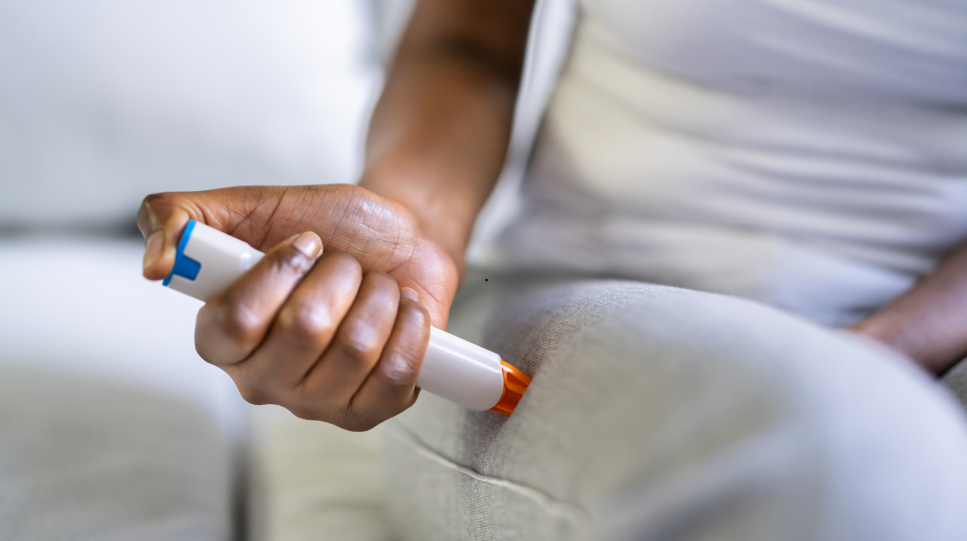
Allergies and asthma may not be severe conditions, but without treatment, they can be life-threatening.
Anaphylactic shock, or anaphylaxis, is when the airway in a patient's throat becomes constricted due to a flare-up from allergies or asthma attacks. These devices can administer medication quickly to alleviate symptoms, especially if patients forget their inhalers at home.
According to the Australian Society of Immunology and Allergy, adrenaline injectors are available for general use in workplaces and CEC centres and can be added to first aid kits.
Oxygen Cylinders
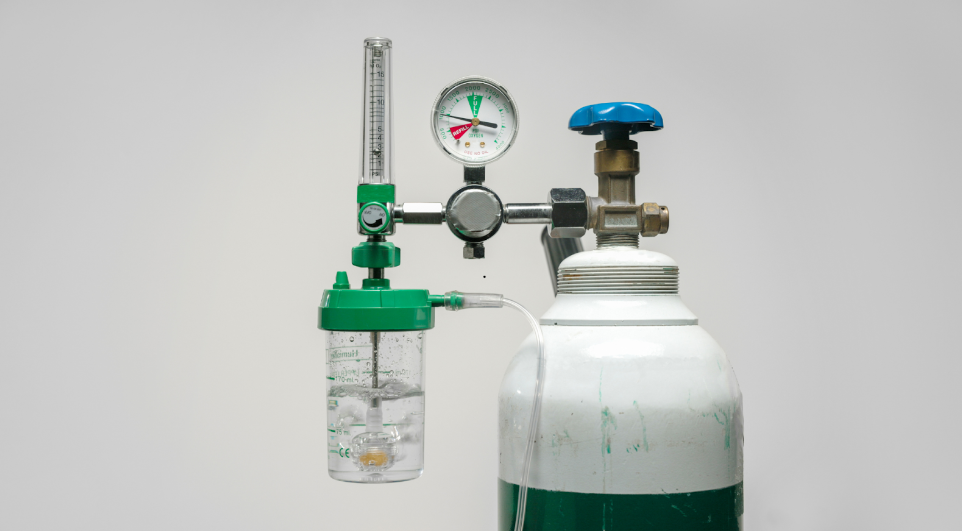
Oxygen tanks are crucial in a workplace medical facility. They can aid in many conditions, especially respiratory and heart conditions. Oxygen can greatly help stabilise patients in remote workplaces experiencing breathing difficulties before emergency services arrive.
Above all, they are particularly beneficial for employees with COPD, who may struggle to inhale oxygen due to temperature changes, humidity, pollution, or strenuous tasks.
Though helpful, oxygen cylinders are dangerous since they can cause explosions. Australian standard AS 2896:2021 outlines the safety guidelines for transporting and storing oxygen cylinders to prevent accidents.
Automatic Sphygmomanometer

Workplaces with highly stressful environments must have blood pressure monitors. These devices are essential tools that play a vital role in identifying possible health conditions related to symptoms like dizziness, shortness of breath, or when someone passes out in the workplace.
Automated External Defibrillators (AED)
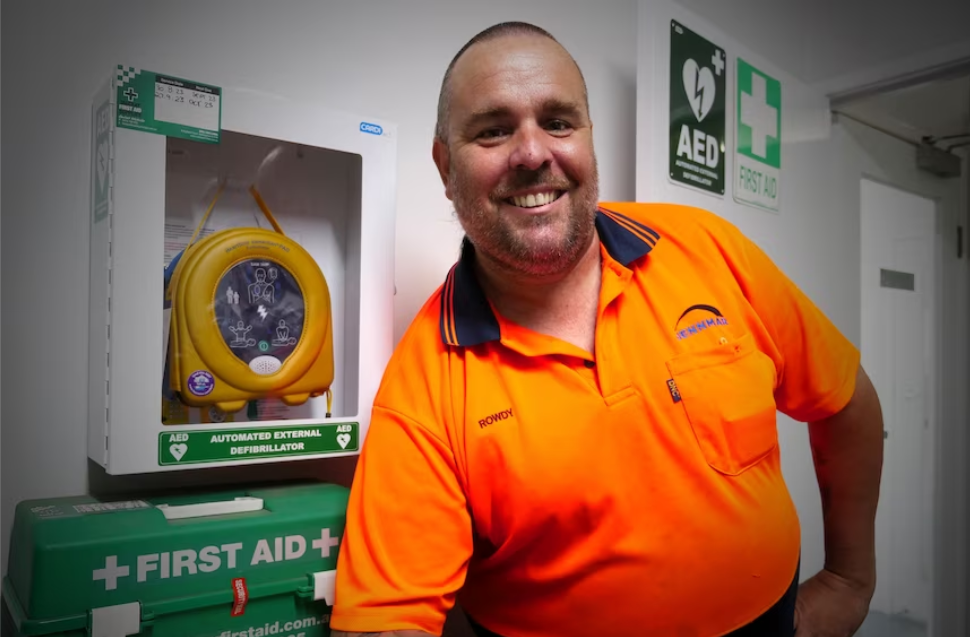
Every workplace must have at least one Automated External Defibrillator (AED) for immediate response to cardiac emergencies.
AEDs increase patient survival rates by helping to keep patients breathing, suffer fewer complications, and recover faster. Their benefits that are worth looking into include:
- Immediate emergency response to preserve life
- Enhanced employee confidence and ease during work hours
- Positive corporate image or reputation
- Peace of mind for emergency preparedness
- Boost for the reflection of care for employee safety and well-being
One of the most inspiring stories about using AED in the workplace is the recovery of Dylan Homes. He had a cardiac arrest at work, and his colleagues used the AED to help him until the emergency responders arrived.
According to Homes's doctors, he wouldn't make it without the defibrillation he received at work. His recovery was swift, and it only took him one week in the hospital. After full recovery, he's now back to work and continues to advocate for the use of AED to help others.
While it’s good to see the benefits of AEDs, it’s worth checking the upfront investment employers should make to account for them. The cost of a single AED can be around $1,500 to $5,000. The price difference will depend on the features and added technology to the device, like voice prompts and data transfer.
How Investing in Life-Saving Devices Impacts Workplace Safety and Compliance
Investing in life-saving devices ensures that a workplace won't be as helpless as emergency incidents occur. Funding medical facilities has different implications for a workplace, such as:
- Workplace empowerment: Available medical equipment empowers everyone to save a patient's life rather than suffer the emotional toll of being incapable of helping. It gives everyone a sense of peace and control during emergencies.
- Reflection of company culture: The company will gain a good reputation for providing proper employee facilities, which can attract great talents.
- Cost savings for both company and employee: One of the most win-win benefits of life-saving devices in the workplace is the prevention of irreversible complications in the patient. This translates to shorter recovery time for the patient, reducing medical bills and allowing them to continue with their livelihood.
- Lauded reputation: When a life-saving device successfully saves someone in the workplace, the company is also recognised for its provision for employees' needs.
- Value for life: Life is invaluable, and the opportunity to save a life is a privilege that transcends the role of an employer. By investing in life-saving devices, employers fulfil their duty to their employees and demonstrate respect for life and shared humanity.
- Employee Appreciation: Employees who know they're cared for and valued develop higher morale, loyalty, and happiness toward a company.
According to a study, companies should consider the benefits of investing in employee happiness, which outweigh the costs and can boost the organisation's income.
Invest in Your Employees’ Well-Being with MedicalSearch
Of all the possible medical emergencies, heart attacks are the most life-threatening since there's only a tiny window of survival without medical intervention. With that, every workplace will significantly benefit from having at least one AED to mitigate the risks and save lives.
MedicalSearch ensures a seamless procurement process of AEDs for business owners and employers by partnering with verified medical suppliers in Australia. To help you save time looking for options, you can get a quote from three suppliers here.
MedicalSearch prioritises ease of acquiring workplace safety equipment for businesses big and small. You can now search for suppliers near your office for less shipping costs. Find an AED Defibrillator supplier near your location:









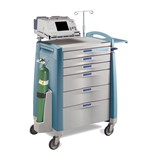






-160x160-state_article-rel-cat.png)


